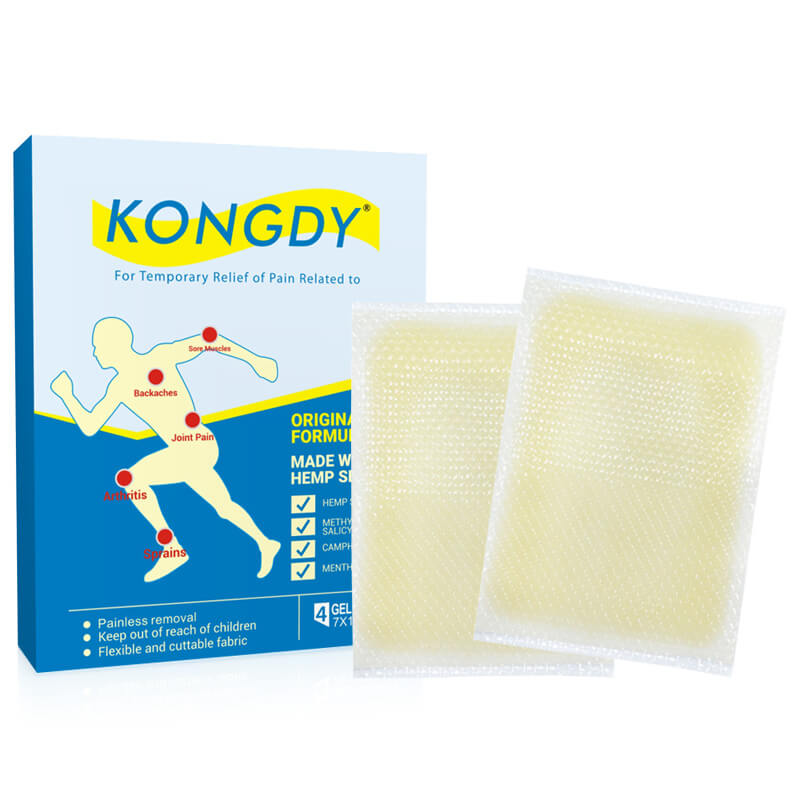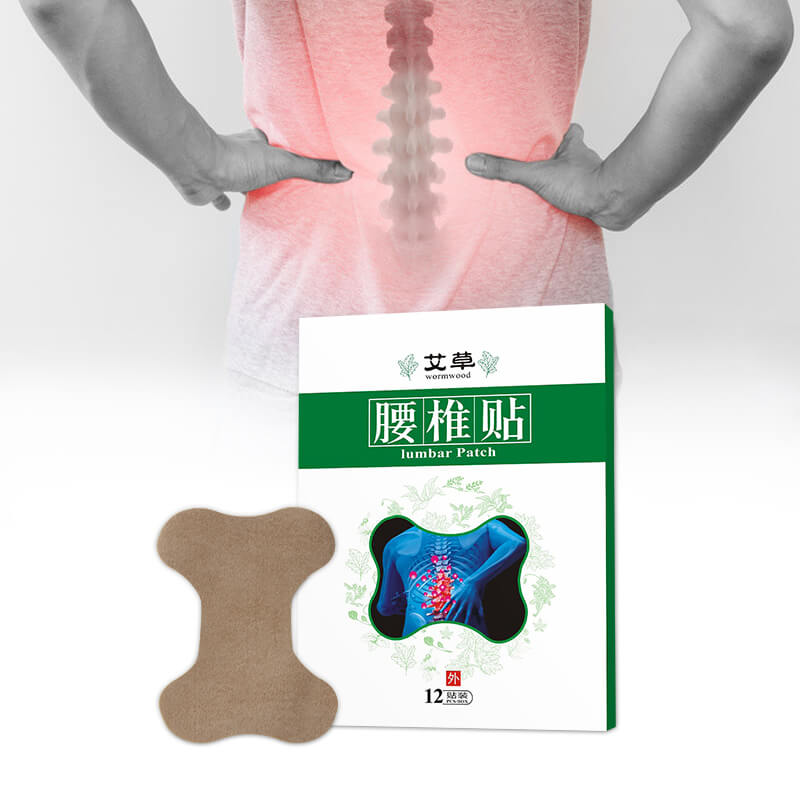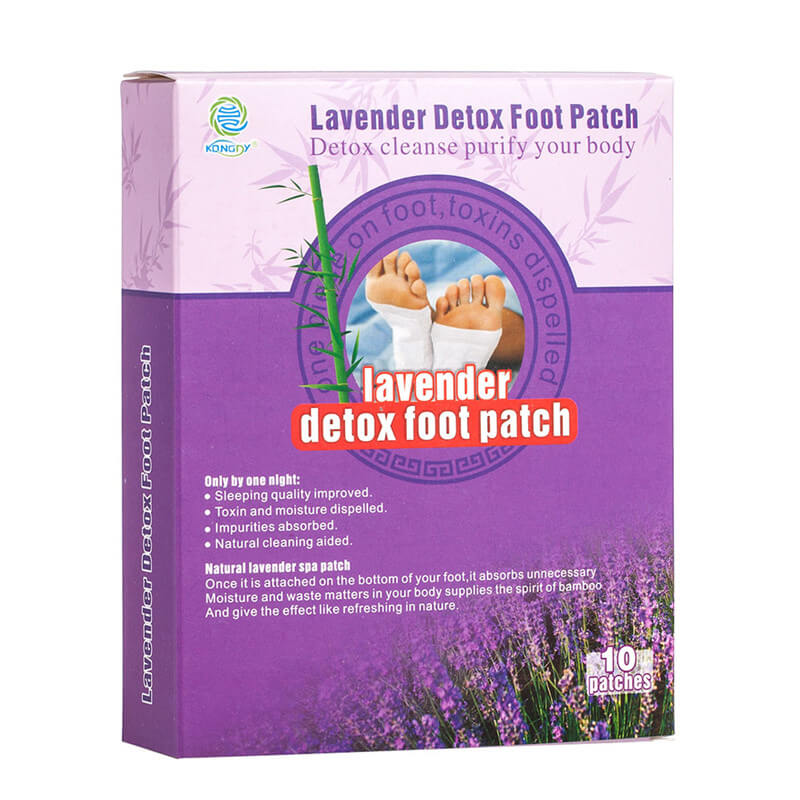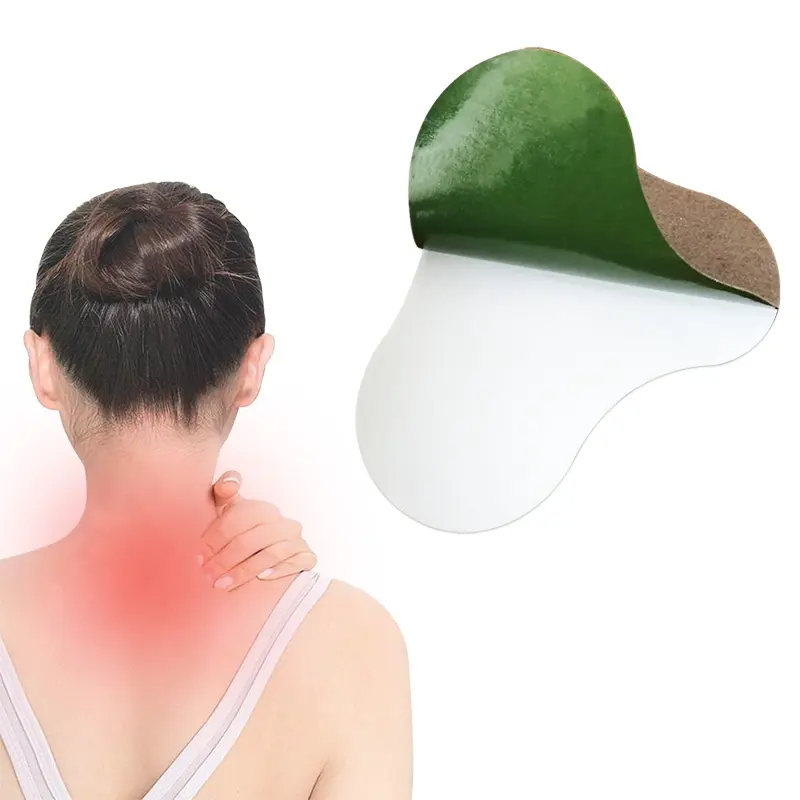
The Best Pain Relief Patches to Help You Recover From Surgery
Release time:2023-10-01 Click:127
Recovering from surgery can be extremely painful without proper medication. While oral pain pills are commonly prescribed post-surgery, they can cause undesirable side effects like nausea, vomiting, drowsiness and constipation. This is where pain relief patches provide an advantage for managing discomfort after surgical procedures.
01. What Are Pain Relief Patches?
Pain relief patches are adhesive patches placed on the skin that contain active ingredients to reduce pain. The medications in the patch penetrate through the skin into the bloodstream over a period of time, bypassing the digestive system. This provides steady pain relief without spikes and drops from oral medication.
02. How Do Pain Relief Patches Work?
Pain relief patches work through a process called transdermal drug delivery. The adhesive patch is applied to a hairless area of skin, allowing the active ingredients to be absorbed into the dermis, and then enter the circulatory system. The medication in the patch provides pain relief by blocking pain signals or reducing inflammation.
03. Benefits of Using Pain Relief Patches After Surgery
Steady absorption, avoids pain peaks and valleys
Easy to use, even for those with limited dexterity
Less impact on digestive system
Lower side effects like nausea or constipation
Single application lasts 12-24 hours
Prevent overdose or underdose of medication
04. Types of Pain Relief Patch Ingredients
Lidocaine - topical anesthetic that numbs pain
Diclofenac - NSAID that reduces inflammation
Fentanyl - opiod drug prescribed for moderate to severe pain
Buprenorphine - partial opioid with lower addiction risk
Talk to your doctor about whether prescription pain relief patches may help you better manage discomfort after your surgery. Using patches correctly can lead to smoother post-surgery recovery.
Hot products

CBD Pain Relief Patch

Lumbar Plaster Pain Relief Patch

Lavender Detox Foot Patch

Cervical Vertebra Pain Relief Patch
Tel:0086-18939260319
E-mail:kongdycn201810@gmail.com
